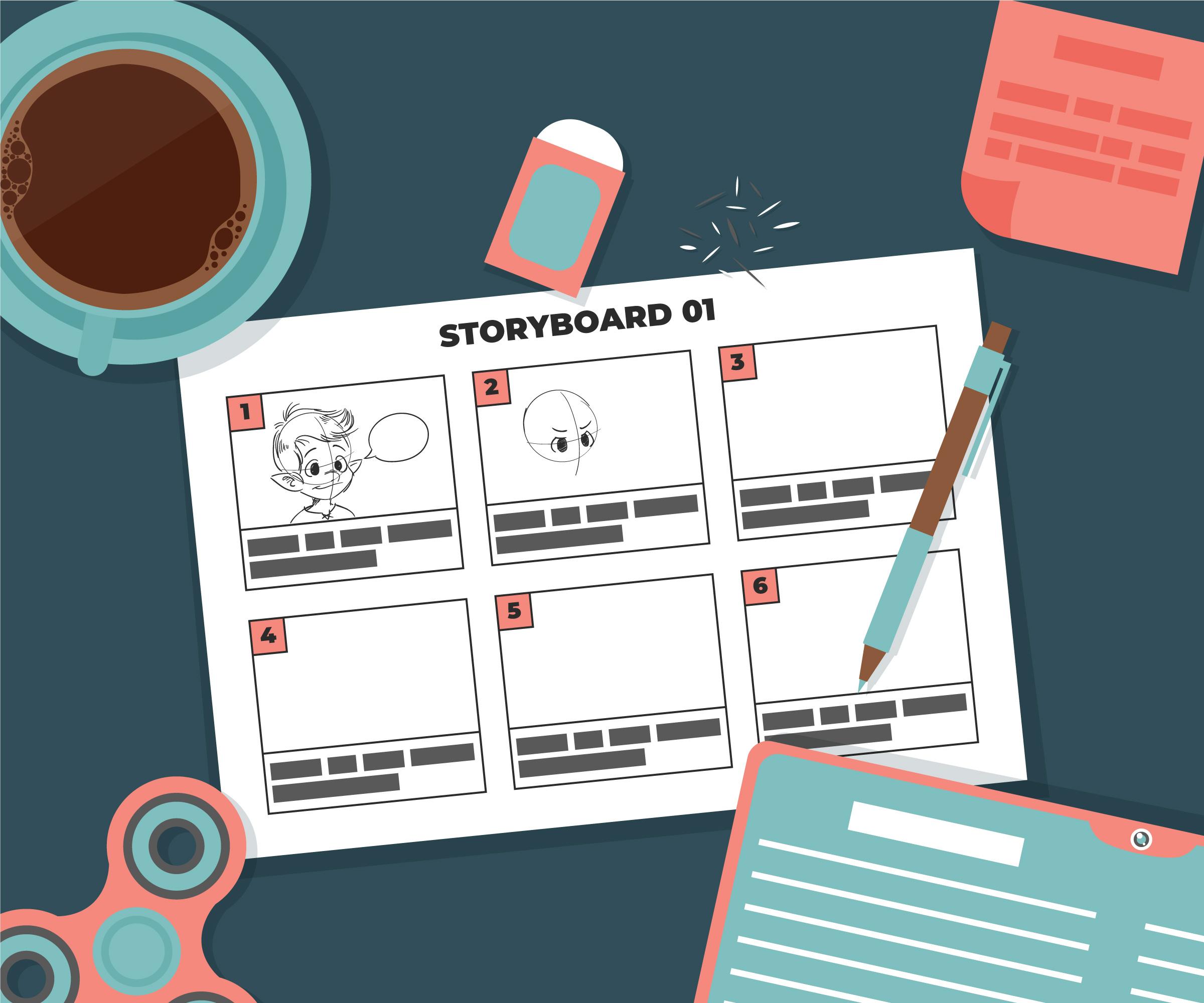
The Impact of Dyslexia on Adults in the Workplace
Understanding Social, Emotional, and Professional Challenges and Solutions
Introduction
Dyslexia, primarily known for its impact on reading and writing, is a learning difficulty that affects many adults in various aspects of life, including the workplace. Contrary to popular belief, dyslexia is not linked to intelligence but rather to how the brain processes information. This article explores the profound impact of dyslexia on adults in the workplace, focusing on social and emotional consequences and offering solutions to create a more accessible and inclusive work environment.
Social and Emotional Impact of Dyslexia at Work
Feelings of Inadequacy and Low Self-Esteem
Adults with dyslexia often face significant challenges in traditional work settings, which can lead to feelings of inadequacy and low self-esteem. These individuals may struggle with tasks that involve reading, writing, and spelling, leading to a sense of being less competent than their peers. This perceived incompetence can erode self-confidence and impact overall job performance. They may feel embarrassed or frustrated when they make mistakes, leading to a reluctance to participate in activities that require literacy skills. Over time, this can create a negative self-image and hinder career progression.
Anxiety and Stress
The pressure to meet deadlines and the fear of making mistakes can result in heightened anxiety and stress for adults with dyslexia. The constant need to double-check work, coupled with the worry of being judged or misunderstood, can create a stressful work environment. This anxiety can affect not only job performance but also overall mental health. The stress of keeping up with reading and writing demands can lead to burnout, and the fear of criticism or ridicule can make dyslexic employees avoid seeking help or taking on new challenges. Chronic stress can also have physical health repercussions, such as headaches and insomnia.
Social Isolation
Dyslexia can also lead to social isolation in the workplace. Adults with dyslexia may avoid social interactions or team activities that require reading aloud or writing in public, leading to a sense of exclusion. This isolation can further exacerbate feelings of loneliness and negatively impact workplace relationships. They might feel uncomfortable in meetings or group discussions and may shy away from participating in collaborative projects. This avoidance can limit their professional development opportunities and reduce their visibility in the workplace, leading to fewer chances for promotion. Social isolation can also impact their sense of belonging and overall job satisfaction.
Supporting Adults with Dyslexia in the Workplace
Awareness and Education
Creating a supportive workplace begins with raising awareness and educating all employees about dyslexia. Workshops and training sessions can help colleagues understand the nature of dyslexia and its impact. This awareness can foster empathy and reduce stigma, creating a more inclusive work culture. It is important to dispel myths and misconceptions about dyslexia, such as the belief that it is linked to low intelligence. Employers should provide resources and information about dyslexia to all employees, encouraging an open dialogue and promoting a culture of understanding and support.
Implementing Workplace Adaptations
Employers can support dyslexic employees by implementing various workplace adaptations:
- Assistive Technology: Providing tools such as speech-to-text software, audiobooks, and spell-check programmes can help dyslexic employees perform tasks more efficiently. These technologies can reduce the time and effort required for reading and writing, allowing employees to focus on their strengths and contribute more effectively to the team.
- Flexible Work Arrangements: Allowing flexible hours or remote work can reduce stress and provide a more comfortable working environment for dyslexic individuals. Flexible schedules can enable them to work during their most productive times and avoid the pressure of strict deadlines. Remote work can also minimise distractions and create a more personalised and supportive work environment.
- Clear Communication: Using clear, concise language in written and verbal communication can help dyslexic employees better understand tasks and expectations. Providing information in multiple formats, such as visual aids or summaries, can also enhance comprehension. Employers should encourage open communication and create an environment where dyslexic employees feel comfortable asking for clarification or assistance.
- Additional Time: Allowing extra time for reading and completing tasks can help reduce pressure and improve performance. Extended deadlines and flexible timelines can accommodate the unique needs of dyslexic employees, enabling them to produce high-quality work without the stress of rushing. Employers should also consider offering additional breaks to help manage fatigue and maintain focus.
Creating an Inclusive Mindset
Fostering an inclusive mindset is crucial for supporting dyslexic employees. Encouraging open communication, offering regular feedback, and recognising diverse strengths can help create a more supportive environment. Celebrating successes and providing constructive feedback can boost confidence and morale. Employers should emphasise the value of diverse perspectives and skills, highlighting the unique contributions of dyslexic employees. Mentorship programmes and peer support networks can also provide guidance and encouragement, helping dyslexic employees navigate workplace challenges and develop their careers.
Conclusion
Dyslexia presents unique challenges for adults in the workplace, affecting their social, emotional, and professional lives. By raising awareness, implementing workplace adaptations, and fostering an inclusive mindset, employers can create a supportive environment that allows dyslexic employees to thrive. Inclusion and accessibility not only benefit individuals with dyslexia but also enrich the workplace as a whole, promoting diversity and innovation. A workplace that values and supports dyslexic employees can become a model of inclusivity and productivity, setting a standard for others to follow.



